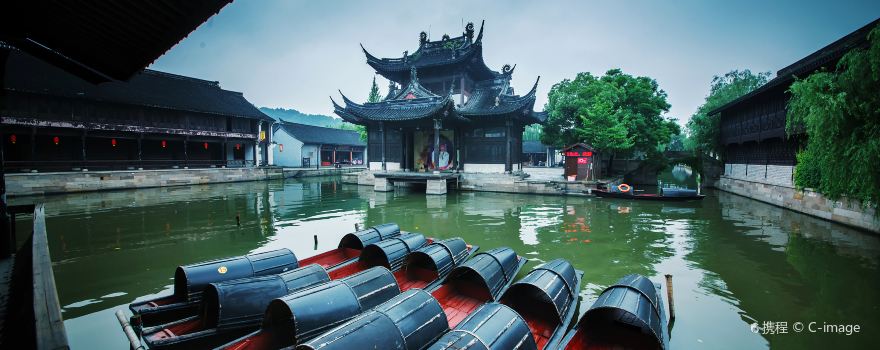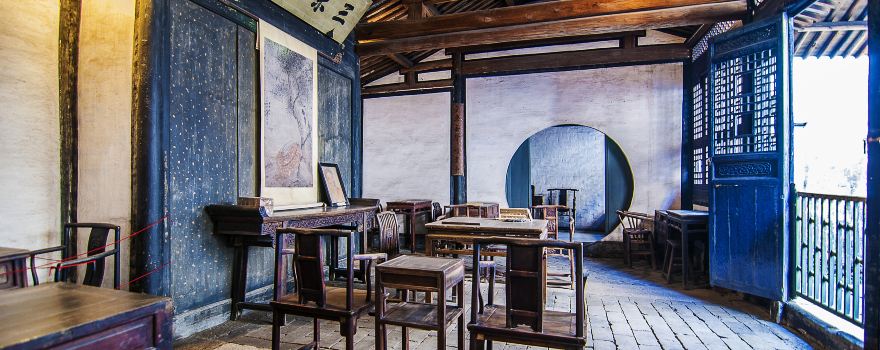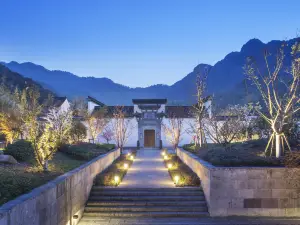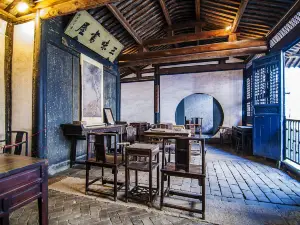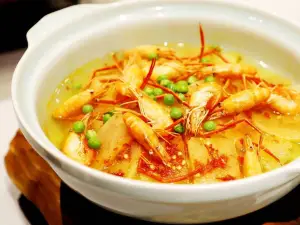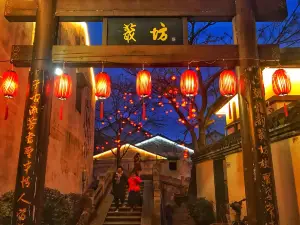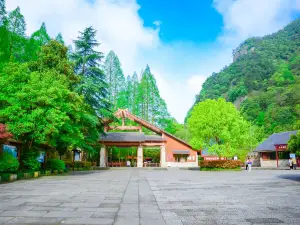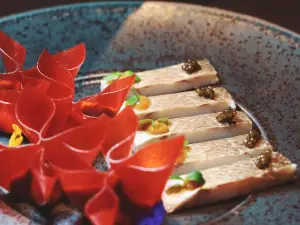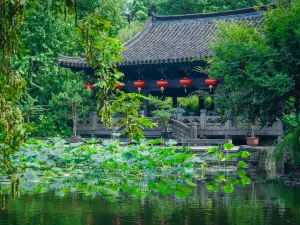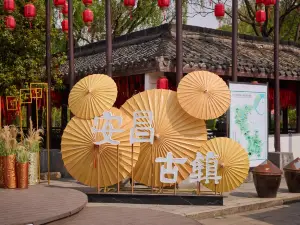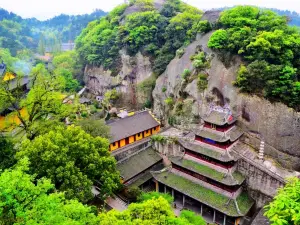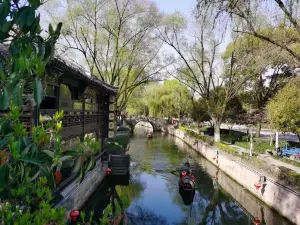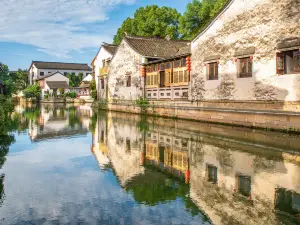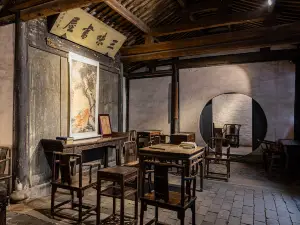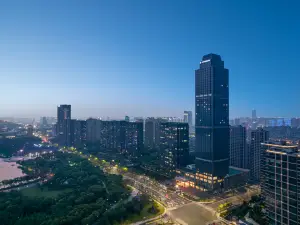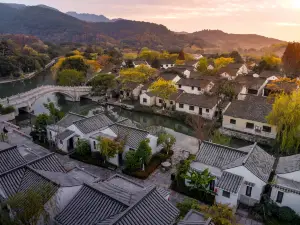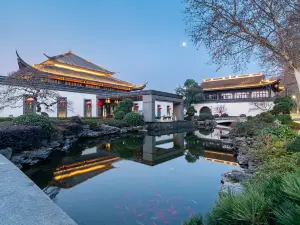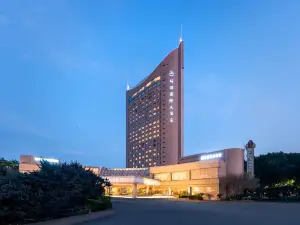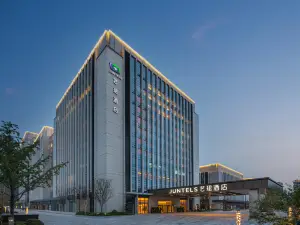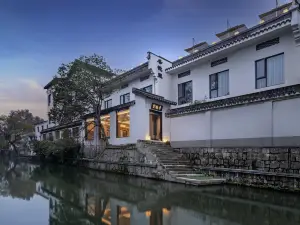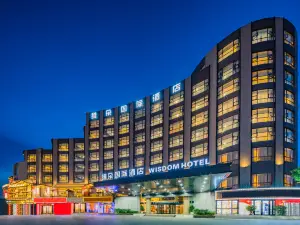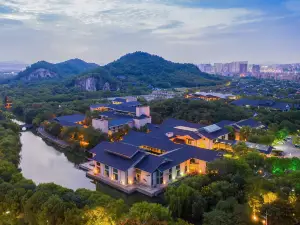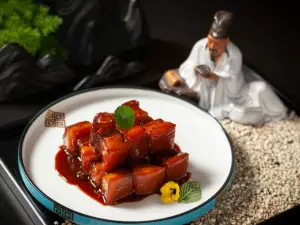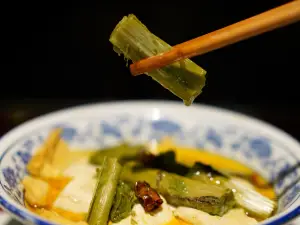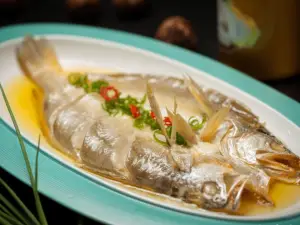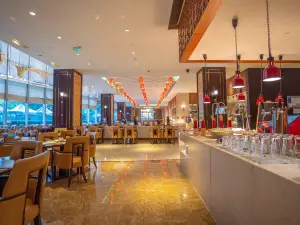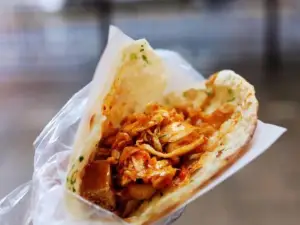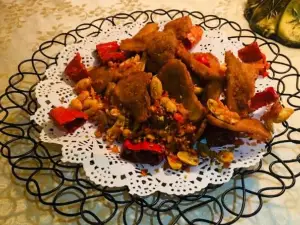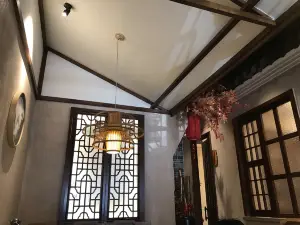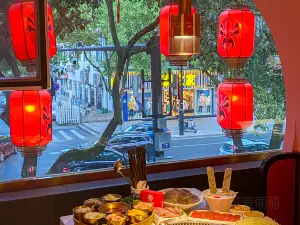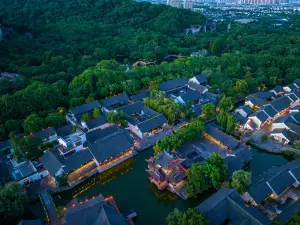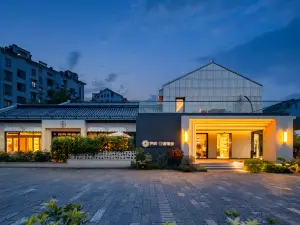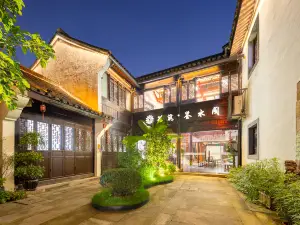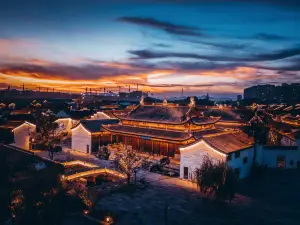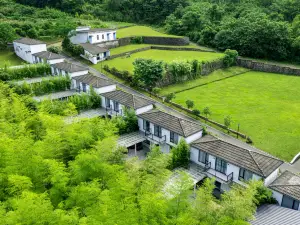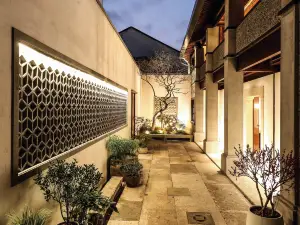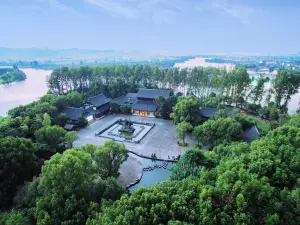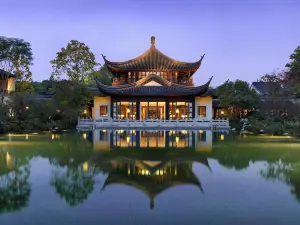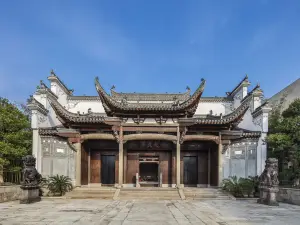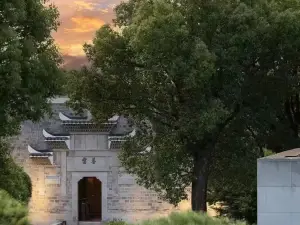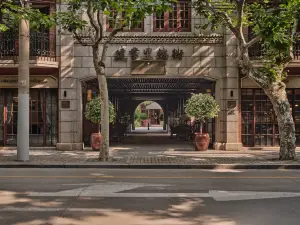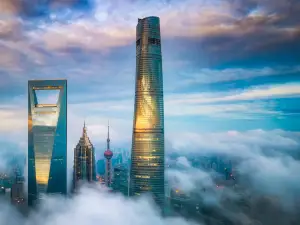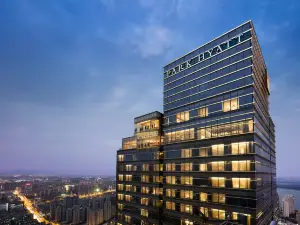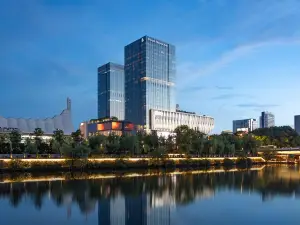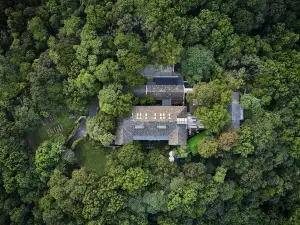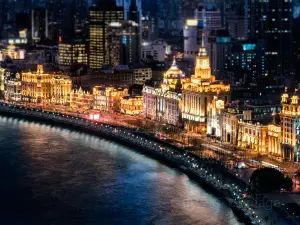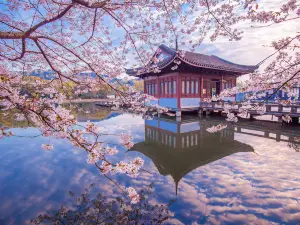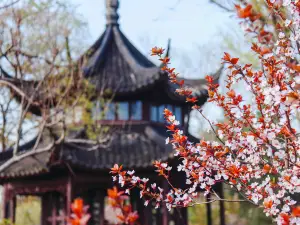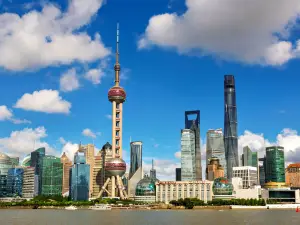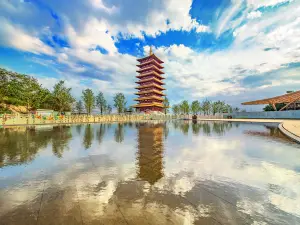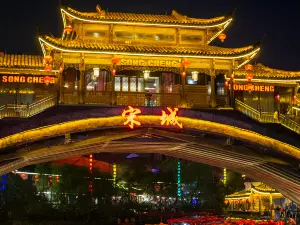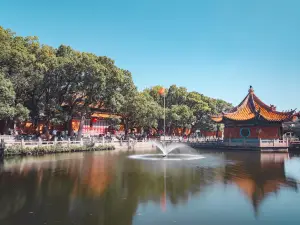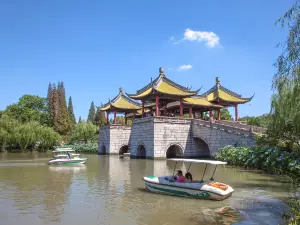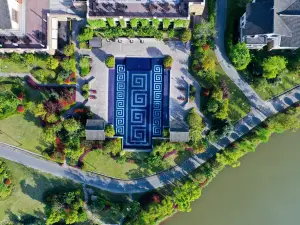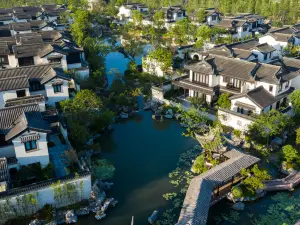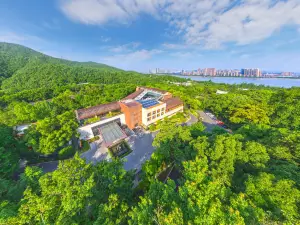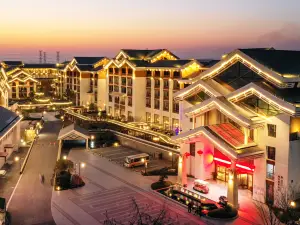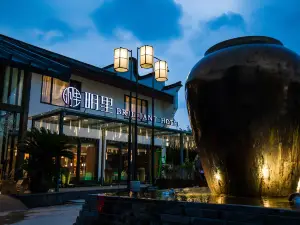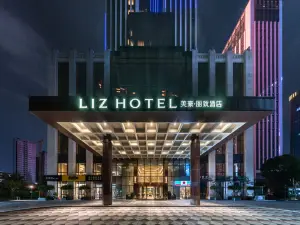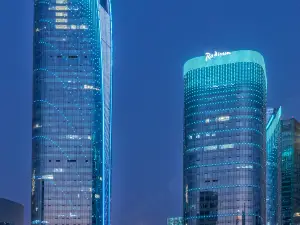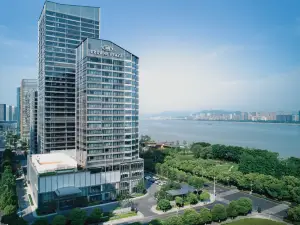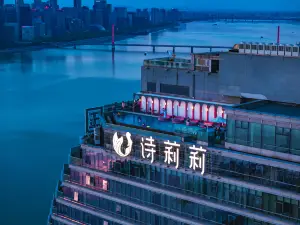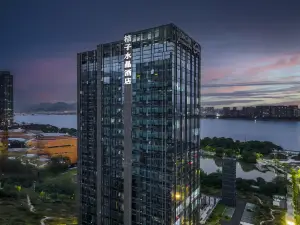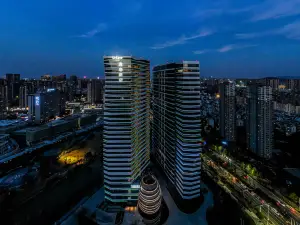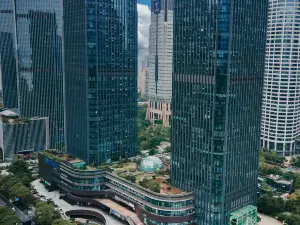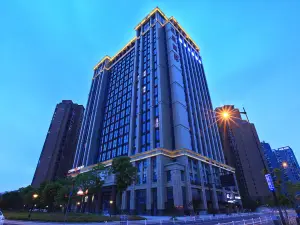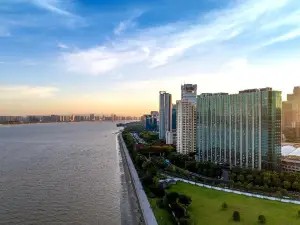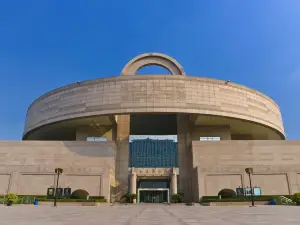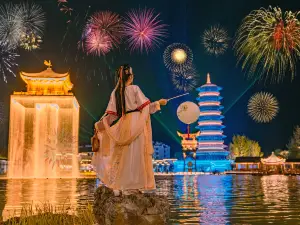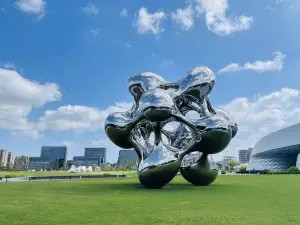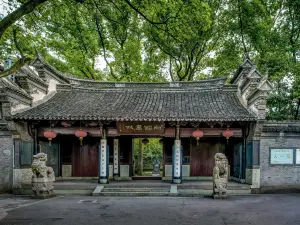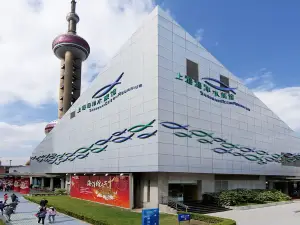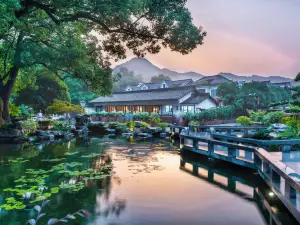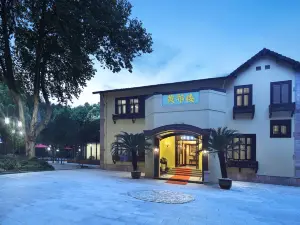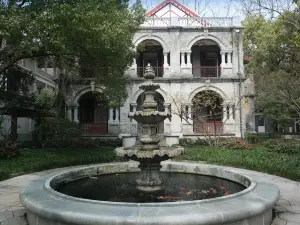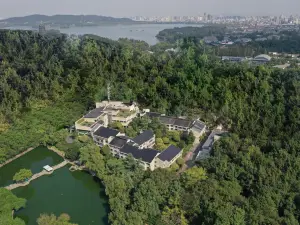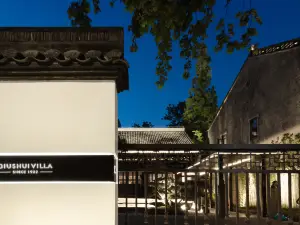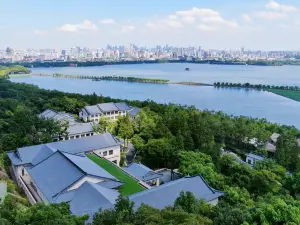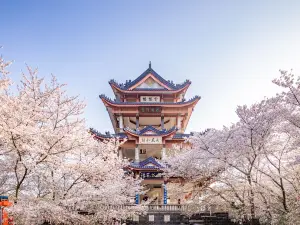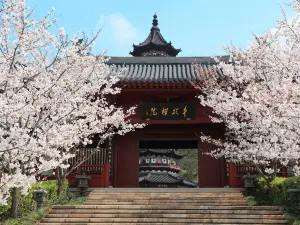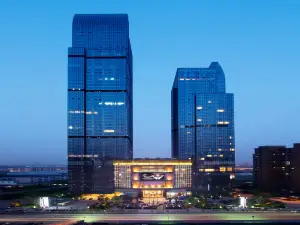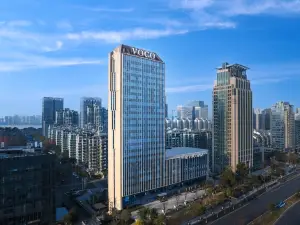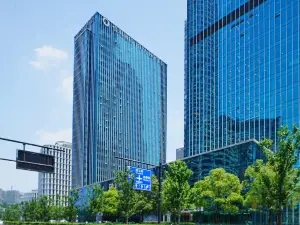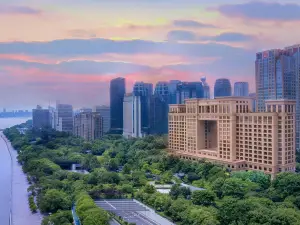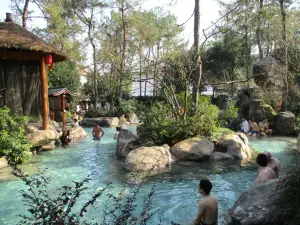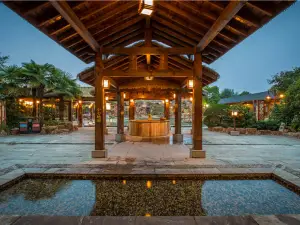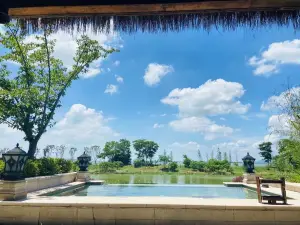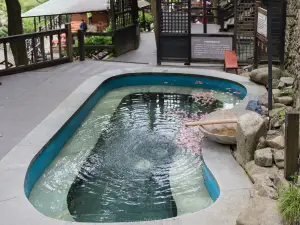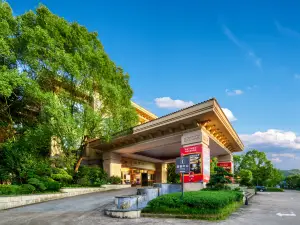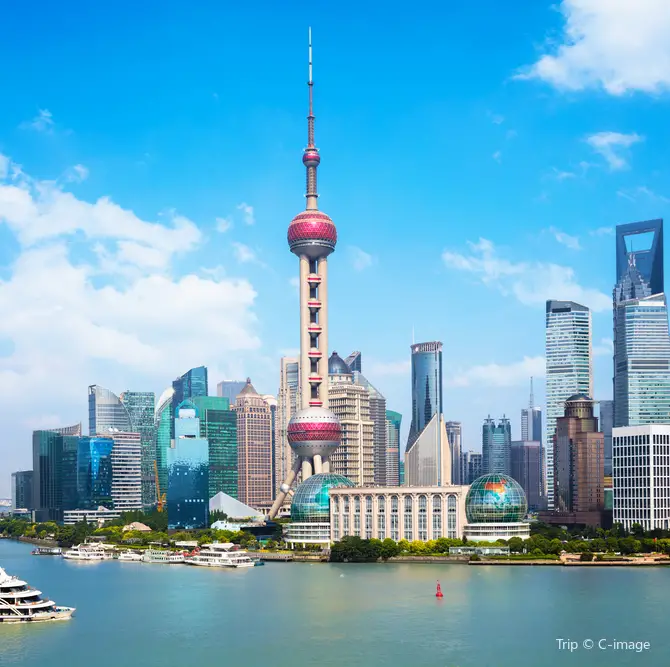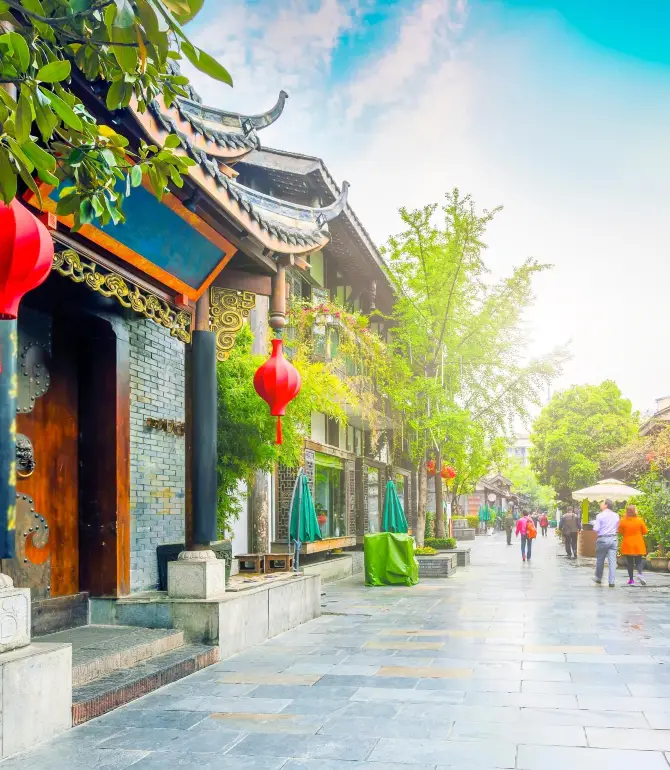Things to Do in Shaoxing in 2025 - Top Attractions, Local Food, Hotels & Travel Tips (Updated April 2025) | Trip.com
About Shaoxing
Recommended trip: 2–3 day(s)
Recommended trip: 2–3 day(s)Current Weather Conditions
Shaoxing Local Experiences Map

Trending in Shaoxing
Shaoxing Local Travel Guide 2025
Shaoxing Brief Guide
Shaoxing is the hometown of Lu Xun, and his former residence, the Sanwei Study, and Baicao Garden from the time of Lu Xun's life are all preserved here. In Lu Xun Town you can see performances by such characters as Sister Xianglin and Ah Q to enter deeper into the tales of Lu Xun's life. Shaoxing is also the hometown of Chinese Huangjiu. The local Yellow Wine Museum of China will reveal to you the wine's ancient historical and cultural essence. If interested, you can have “a bowl of hot fragrant yellow wine and a delightful dish of fennel broad beans”.
Shaoxing Must-try Local Experiences
1. Step into Lu Xun's Hometown Scenic Spot Explore the life and works of Lu Xun at his memorial hall and former residence, gaining insight into his impact on Chinese literature. 2. Hike Mount Huiji for Breathtaking Views Hike Mount Huiji for panoramic views of Shaoxing's landscapes, ancient temples, and lush greenery, discovering hidden waterfalls along the way. 3. Explore the Ancient Town of Shaoxing Wander through Shaoxing's ancient town, experiencing traditional architecture and stone bridges, and take a boat ride on the canals. 4. Discover the Orchid Pavilion Visit the Orchid Pavilion for its historical significance and beautiful scenery, known for Wang Xizhi's famous 'Lanting Xu'. 5. Explore East Lake Relax with a boat ride on East Lake, surrounded by lush greenery and unique rock formations, perfect for taking in Shaoxing's natural beauty. 6. Experience the Art of Shaoxing Opera Immerse yourself in Shaoxing Opera's rich heritage with a performance at the Shaoxing Grand Theatre or a local teahouse. 7. Discover the Ancient Craft of Winemaking Visit a traditional winery to learn about Shaoxing's renowned yellow wine, from fermentation to aging, and sample different varieties. 8. Uncover the Secrets of Chinese Calligraphy Learn about Shaoxing's calligraphy history at the Shaoxing Museum or a workshop, and try creating your own calligraphy masterpiece. 9. Savor the Flavors of Shaoxing Cuisine Indulge in Shaoxing's culinary heritage with dishes like drunken crab, steamed fish with fermented tofu, and the signature Shaoxing chicken. 10. Capture the Beauty of the Shen Garden Photograph the Shen Garden's classical Chinese architecture, pavilions, bridges, and ponds, capturing the essence of traditional garden design. 11. Take a Boat Ride on the Canals Experience Shaoxing's charm from the water with a boat ride on its ancient canals, offering a unique perspective of the city's beauty.
Shaoxing Must-see Attractions
Shaoxing offers a diverse cultural experience through its historic and scenic sites such as Lu Xun's Hometown Scenic Spot, Shaoxing Keyan Scenic Area, Shen Garden, Orchid Pavilion, and Anchang Ancient Town, each rich in historical significance, traditional aesthetics, and interactive cultural activities.
Shaoxing Food Guide
Shaoxing is famous for its delightful variety of foods. From the traditional Shaoxing chicken, pork and shrimp soup to the unique duck in soybean paste, then to the flavorful stinky tofu and creamy Xishi tofu, each dish showcases the distinct local tastes of Shaoxing, making for an unforgettable culinary experience.
Shaoxing Transportation
Shaoxing's transportation network is well-connected, with Shaoxing North Railway Station and Hangzhou Xiaoshan International Airport being the primary hubs for intercity travel. Shaoxing North Railway Station, located in Yuecheng District, is a key station on the Hangzhou-Ningbo High-Speed Railway Line. It serves high-speed trains to major cities such as Beijing, Shanghai, and Hangzhou, with frequent departures and various travel times. To reach Shaoxing city from the station, passengers can take buses like No.15, 16, 803, 815, 818, 846, 866, 867, BRT Night Line 1, BRT Line 3, and BRT Line 5.
Shaoxing Where to Stay
Shaoxing provides a tapestry of neighborhoods, each offering a unique lodging experience framed by historic and cultural influences.
Shaoxing Best Time To Visit
The best time to visit Shaoxing is during the comfortable weather of April and May, as well as the pleasant autumn season. April brings the city to life with greenery and is also the time for local festivals like the Orchid Pavilion International Calligraphy Festival and the Peachblossom Festival in Hou Mountain.
Shaoxing Useful Guide
Shaoxing, a city with a rich cultural tapestry, is home to the Shaoxing dialect, a distinct Wu dialect spoken in the city center and surrounding areas. This dialect, known for its role in Yue opera and its historical significance, is a key part of the city's identity. Visitors may find translation services or language apps beneficial, as the prevalence of the local dialect alongside Mandarin Chinese can pose a language barrier. To navigate communication challenges, travelers are encouraged to use universal gestures, maps, and basic Chinese phrases. Understanding the local linguistic landscape enhances the travel experience in this historically and culturally profound city.
Trip.Best: Shaoxing
Things to do in Shaoxing
What to Do
Where to Stay
What to Eat
Shaoxing Moments: Through Travelers' Eyes

Shaoxing: The Ultimate Parent-Child Trip! Follow the Textbook for Free Fun

Back from Shaoxing, and honestly, I wouldn't recommend it. Because…

Family! Next month, Shaoxing opens its "Jiangnan Chapter"

I've returned from Shaoxing, and I really don't recommend going.

Just returned from Shaoxing, I don't recommend visiting because...

Explore Shaoxing in the Year of the Snake: Discover the Poetry and Fireworks of the Ancient City

Hilton Zhuji offers a view of the whole city at night

A City of Fireworks, a City of Poetry: A Cultural Retreat by the River
Best of Shaoxing
Site Operator: Trip.com Travel Singapore Pte. Ltd.
